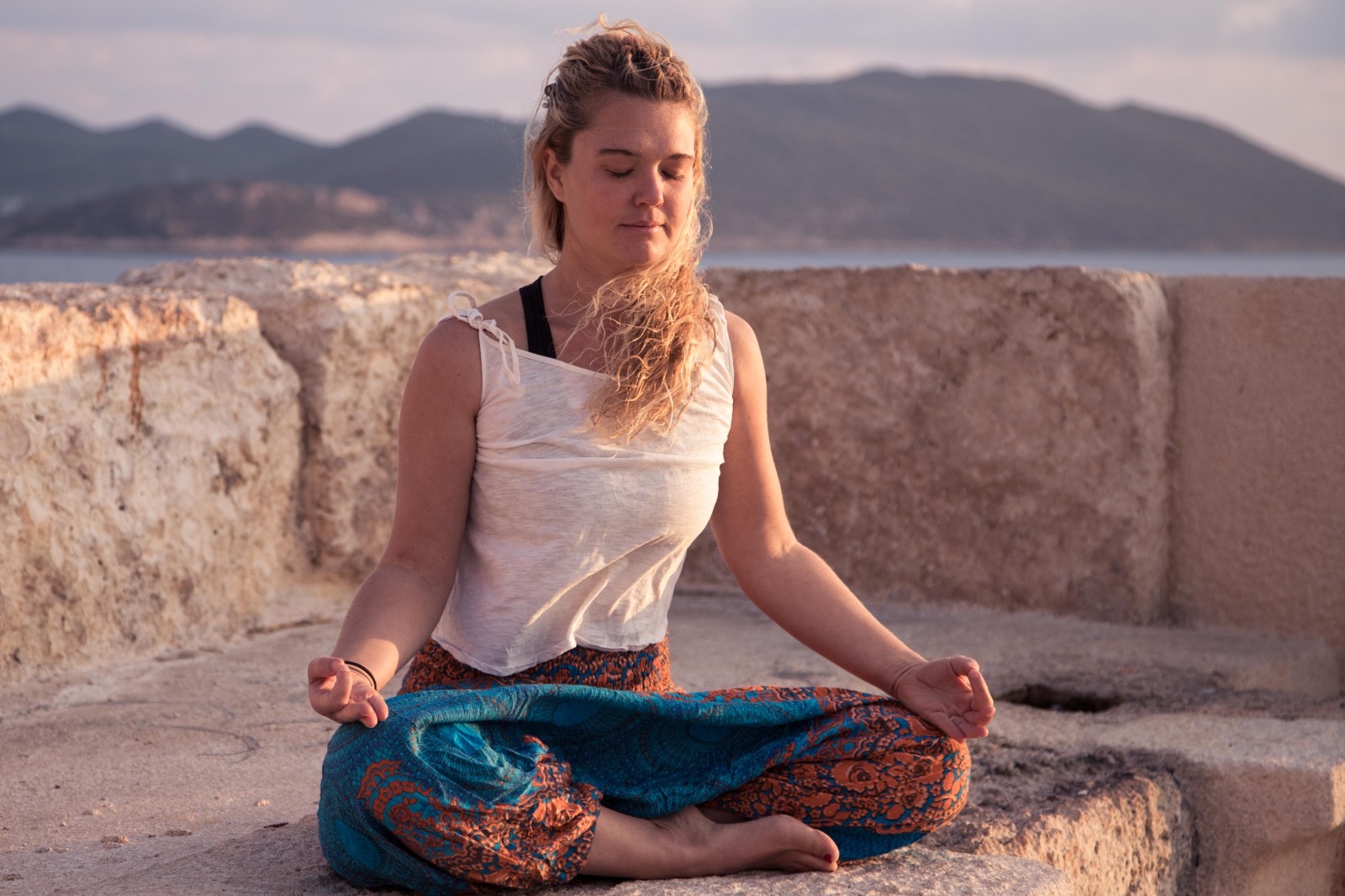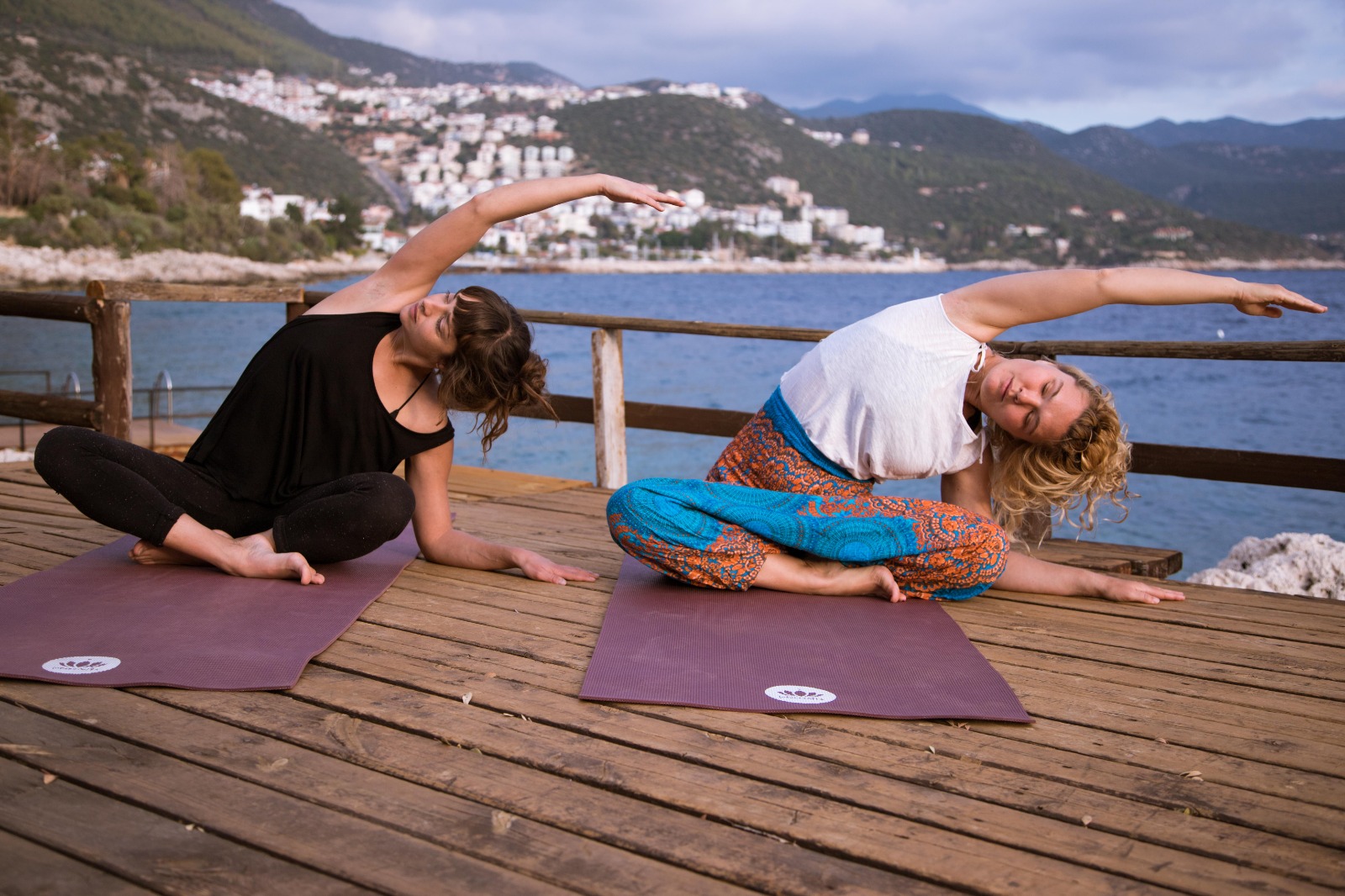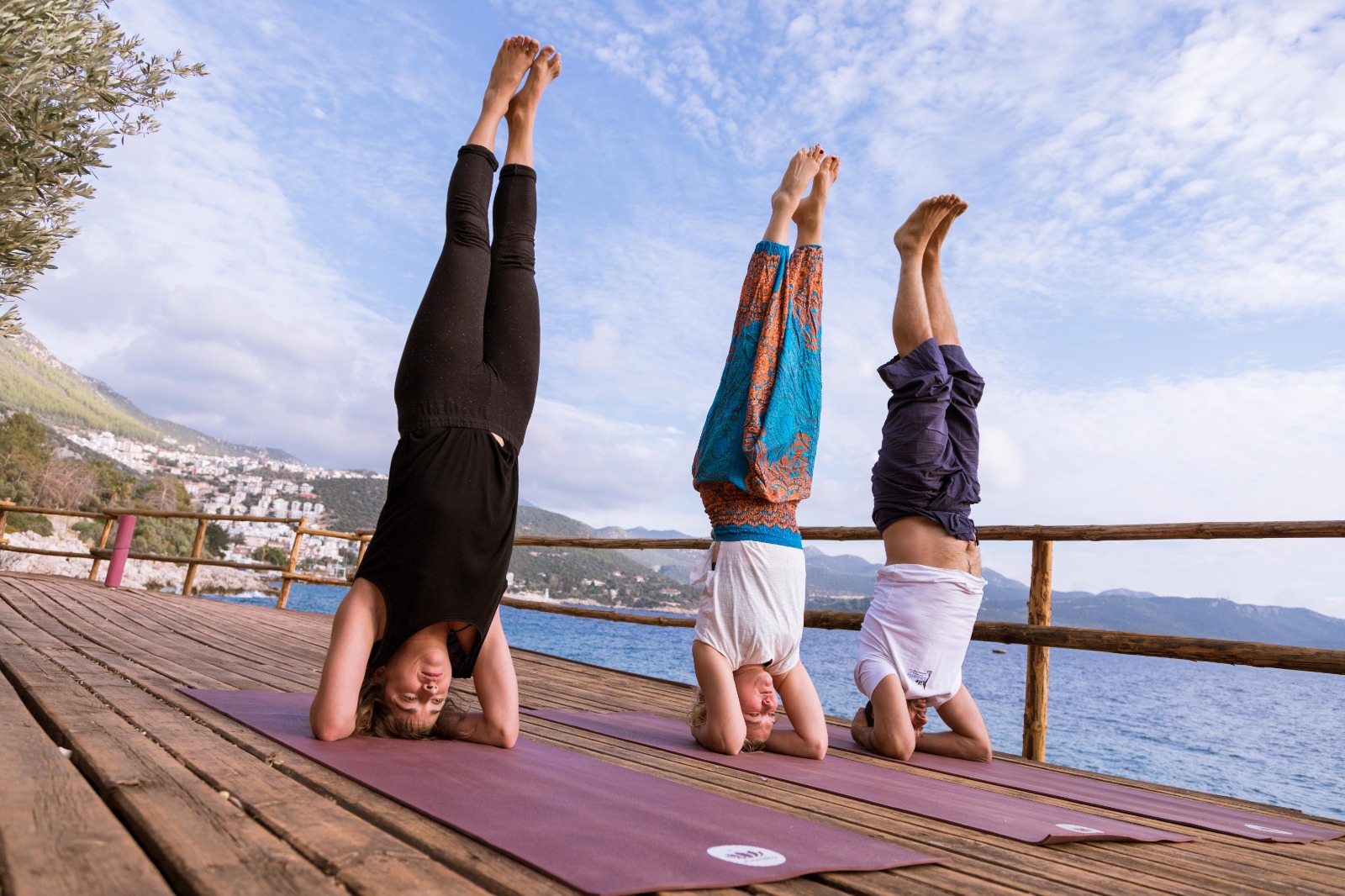What is Yoga?
Yoga is a physical, mental, and spiritual practice that originated in ancient India. It involves a combination of physical postures (asanas), breathing techniques (pranayama), meditation, and ethical principles (yamas and niyamas) designed to promote overall health and well-being.
The physical postures or asanas are the most recognizable aspect of yoga and are practiced to increase flexibility, strength, balance, and improve circulation. The breathing techniques, or pranayama, are practiced to increase oxygenation of the blood and improve overall respiratory function. Meditation is a practice of training the mind to be present and focused on the present moment, which can help reduce stress and increase mental clarity.
Yoga is not just a physical practice, but a holistic approach to health and well-being that encompasses the mind, body, and spirit. It is a popular form of exercise and stress reduction, and is practiced by people of all ages and fitness levels. There are many different styles of yoga, each with its own unique approach and focus, such as Hatha yoga, Ashtanga yoga, Bikram yoga, and more.
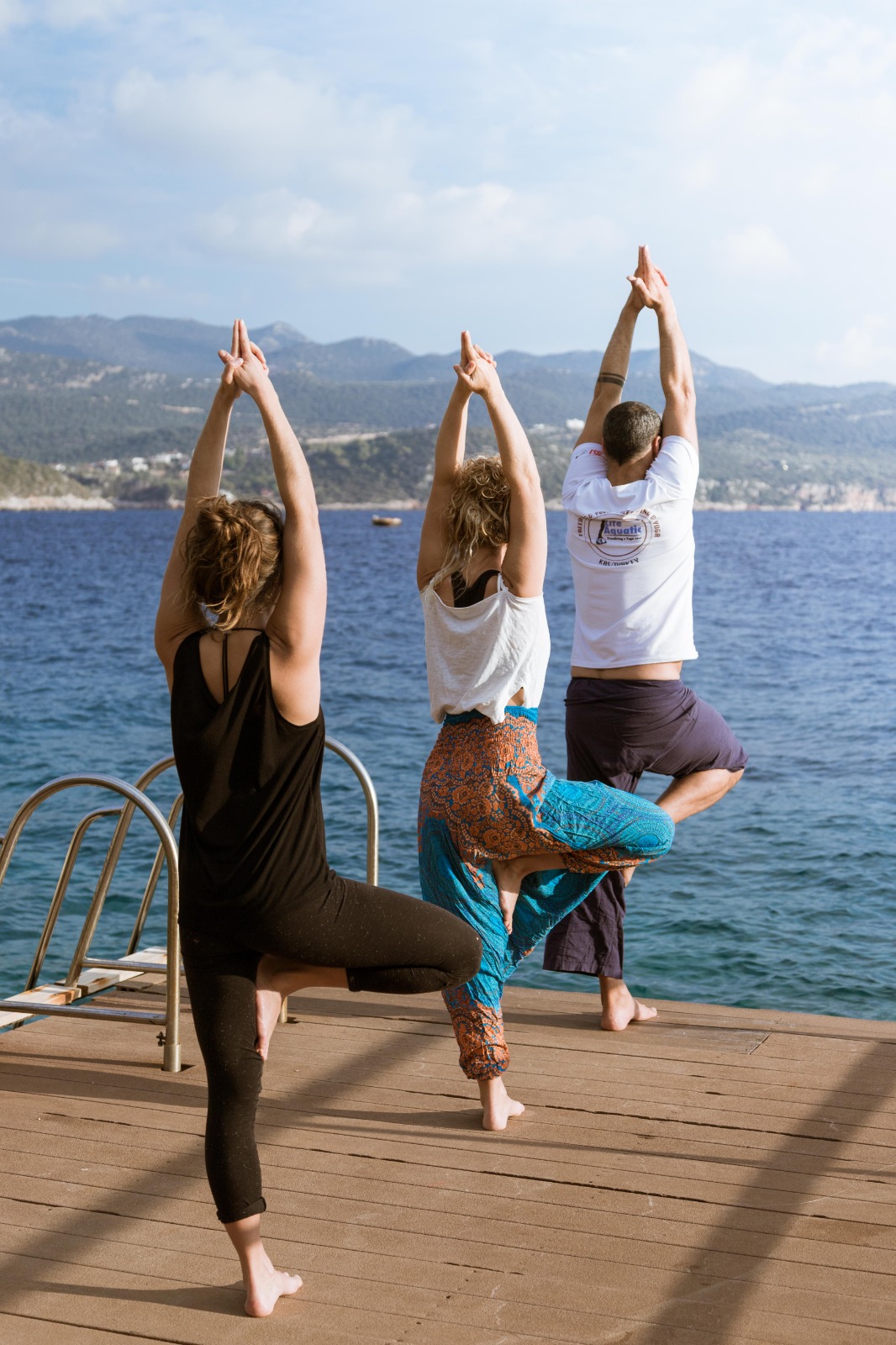
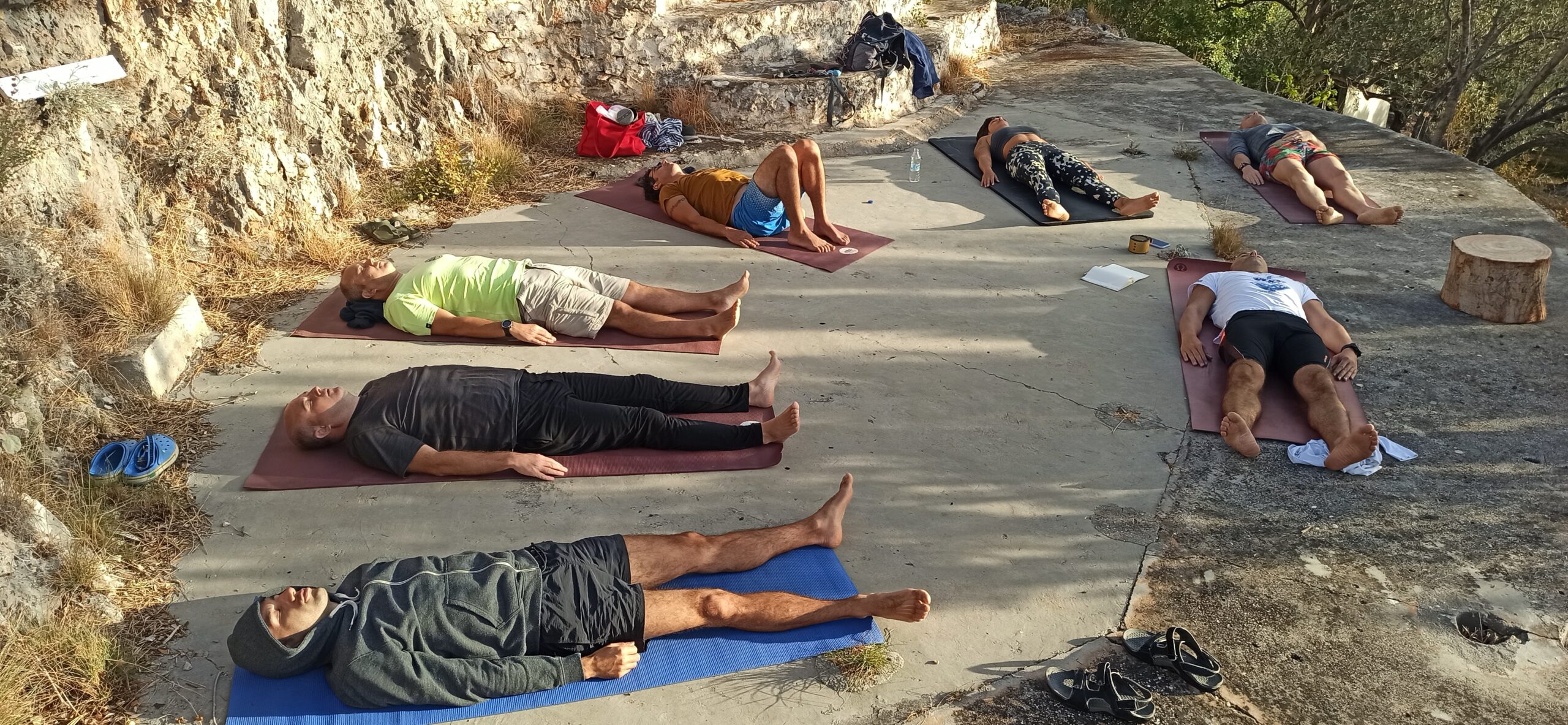
The Benefits of Yoga
Increase the self healing
The human body is excellently intelligent. It manages to maintain a complicated physiological balance day and night, through every stage of life. Practising Yoga helps the body to maintain this complex balance, which increases your capacity for self healing.
According to Yoga, the main cause of disease lies in difficult emotions.
Practising positive thinking and meditation makes it less likely that you will be affected by negative emotions. If you first pay attention to your body, practising Yoga asanas (postures), pranayama (breathing exercises), and relaxation, it will be easier to meditate and think positively. By eating well you can also support yourself.
In Yoga all these elements come together. As a matter of fact, the Sanskrit word Yoga means „union“. Practising Yoga, helps the body to find its natural balance and teaches the mind to be a responsible and clever driver of the body.

Freediving and Yoga
Yoga, breath training, bodily awareness, relaxation and meditation are really the foundations of personal balance, on the physical level and beyond, and an important part of freediving. Sportsmen of many disciplines, freedivers and their respective trainers all agree that Yoga and meditation are essential tools for optimum living and focusing to reach personal targets. If you are new to yoga and meditation you’ll be surprised at how much the pre and post dive sessions influence your mind and body towards full relaxation.
This combined practice helps us to equip our bodies to face the various challenges of freediving. It brings us into a physical condition which allows us to more easily handle the increased pressure found at depth by keeping the muscles that support the ribcage strong and flexible. In this way regular participation in such a regime reduces to a minimum the lung injury risks associated with freediving beyond a depth of 30m.
Its not only because we want to keep you safe, we value this combination so much because yoga and meditation have a profound ability to create the level of mind body stillness and poise that equals peak performance in freediving.





